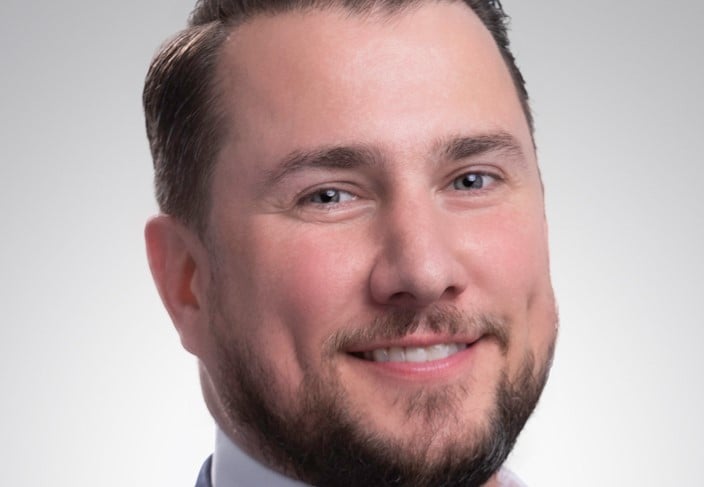Market bifurcation is a recurring phenomenon of real estate cycles—there are always the haves and the have nots. It's typically most apparent in market troughs when investors rush to quality. The 24-hour cities perform considerably better than the 9 to 5 markets and secondary cities, fortress mall markets crush places with B and C malls, suburbs with wealthy tax bases sustain school budgets where more commodity suburbs struggle to fund everything and tend to lose tax base as better-off residents move out and poor folks replace them.
But the separation between the haves and have nots—both in real estate markets and among the US population—seems as wide today as at any time during a market recovery. The evident chasm exists against a backdrop of political discord over the increasingly extreme concentration of affluence in a small percentage of the population and relative hardship among a majority who have experienced financial stagnation or hard-to-overcome setbacks. And it is happening even as property prices have rebounded to pre-recession peaks in many places—although that's taken seven years.
I have always said (after a certain Watergate film) “follow the money” if you are a real estate investor. You want to own and develop as close as possible to where people with money want to live, work, and play. The problem today is that people with money skew to the very high end as the once reasonably robust middle class diminishes—making for less profitable opportunities in places where this cohort lives.
So the real estate players unremarkably run after the lucre—New York luxury apartment projects (and office towers too) shoehorn into the most prime locations left, marketing to the 1 or 2%, while affordable housing goes begging, the window dressing of 80-20 programs aside. The majority of folks in 24-hour cities and workers in luxury resort areas find they are increasingly too economically stretched to live there as gentrification proliferates and relegates the less-well-off to have-not neighborhoods and commodity suburbs with ageing housing stock. Others are just pushed out altogether. South Carolina, Central Florida, and suburban Houston here they come.
The politics heats up over raising the minimum wage and most new jobs get created in lower compensation-lower benefit service sectors, while bosses make many multiples more and protect their earnings and investments through favorable, legislated tax schemes. The CEOs and CFOs find a surfeit of rooms with a view and up-and-comer Millennials earn just enough to stay in town in remodeled brownstones. In San Francisco old timers bewail the influx of highly compensated tech types, pricing them out of their homes and using free workplace shuttles.
A recent public radio/public television survey found nearly 60% of Americans would have trouble finding $1,000 to cover an unexpected bill (medical expense or car repair) and about the same percentage have insufficient retirement savings. Greater percentages of their incomes pay just for shelter and they have less to spend on other things. And you wonder why “Make America Great Again” and calls to dump on Wall Street have gained such resonance?
Now even Wal-Mart, the king of all discounters, and familiar supermarket chains start to close down operations in more commodity places. Department stores pick up the pace in abandoning stores in secondary malls. More suburban office parks turn into well just parks as companies continue to reorient to “money-center” urban hubs or at least urbanizing suburban locations near wealthy communities, preferably with a mass transit stop for the rank and filers to get there. The lost commercial tax base from the commodity places will only exacerbate the divide over time—and all this is happening as we near or pass over an apparent economic peak.
If an expanding majority of people in the country find it harder to make ends meet, more of our real estate markets will suffer the consequences of creeping under-investment. How long can the moneyed enclaves remain immune to the infection? In the meantime, investors are on steroids following the money.
Market bifurcation is a recurring phenomenon of real estate cycles—there are always the haves and the have nots. It's typically most apparent in market troughs when investors rush to quality. The 24-hour cities perform considerably better than the 9 to 5 markets and secondary cities, fortress mall markets crush places with B and C malls, suburbs with wealthy tax bases sustain school budgets where more commodity suburbs struggle to fund everything and tend to lose tax base as better-off residents move out and poor folks replace them.
But the separation between the haves and have nots—both in real estate markets and among the US population—seems as wide today as at any time during a market recovery. The evident chasm exists against a backdrop of political discord over the increasingly extreme concentration of affluence in a small percentage of the population and relative hardship among a majority who have experienced financial stagnation or hard-to-overcome setbacks. And it is happening even as property prices have rebounded to pre-recession peaks in many places—although that's taken seven years.
I have always said (after a certain Watergate film) “follow the money” if you are a real estate investor. You want to own and develop as close as possible to where people with money want to live, work, and play. The problem today is that people with money skew to the very high end as the once reasonably robust middle class diminishes—making for less profitable opportunities in places where this cohort lives.
So the real estate players unremarkably run after the lucre—
The politics heats up over raising the minimum wage and most new jobs get created in lower compensation-lower benefit service sectors, while bosses make many multiples more and protect their earnings and investments through favorable, legislated tax schemes. The CEOs and CFOs find a surfeit of rooms with a view and up-and-comer Millennials earn just enough to stay in town in remodeled brownstones. In San Francisco old timers bewail the influx of highly compensated tech types, pricing them out of their homes and using free workplace shuttles.
A recent public radio/public television survey found nearly 60% of Americans would have trouble finding $1,000 to cover an unexpected bill (medical expense or car repair) and about the same percentage have insufficient retirement savings. Greater percentages of their incomes pay just for shelter and they have less to spend on other things. And you wonder why “Make America Great Again” and calls to dump on Wall Street have gained such resonance?
Now even
If an expanding majority of people in the country find it harder to make ends meet, more of our real estate markets will suffer the consequences of creeping under-investment. How long can the moneyed enclaves remain immune to the infection? In the meantime, investors are on steroids following the money.
Want to continue reading?
Become a Free ALM Digital Reader.
Once you are an ALM Digital Member, you’ll receive:
- Breaking commercial real estate news and analysis, on-site and via our newsletters and custom alerts
- Educational webcasts, white papers, and ebooks from industry thought leaders
- Critical coverage of the property casualty insurance and financial advisory markets on our other ALM sites, PropertyCasualty360 and ThinkAdvisor
Already have an account? Sign In Now
*May exclude premium content© 2024 ALM Global, LLC, All Rights Reserved. Request academic re-use from www.copyright.com. All other uses, submit a request to [email protected]. For more information visit Asset & Logo Licensing.









